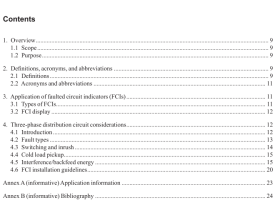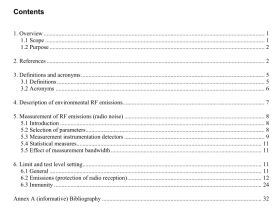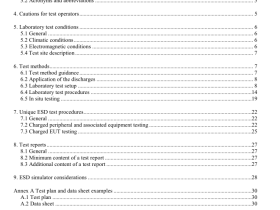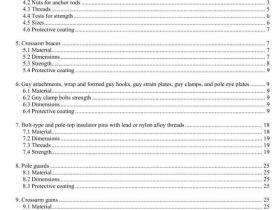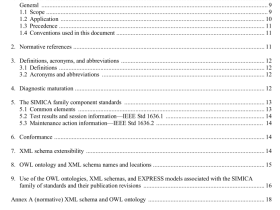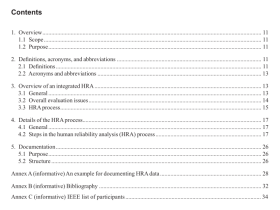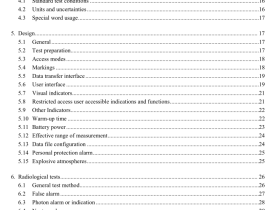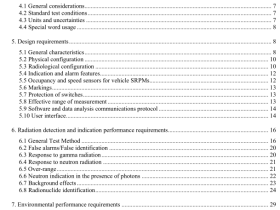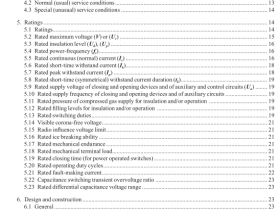IEEE IEC 63113 pdf download
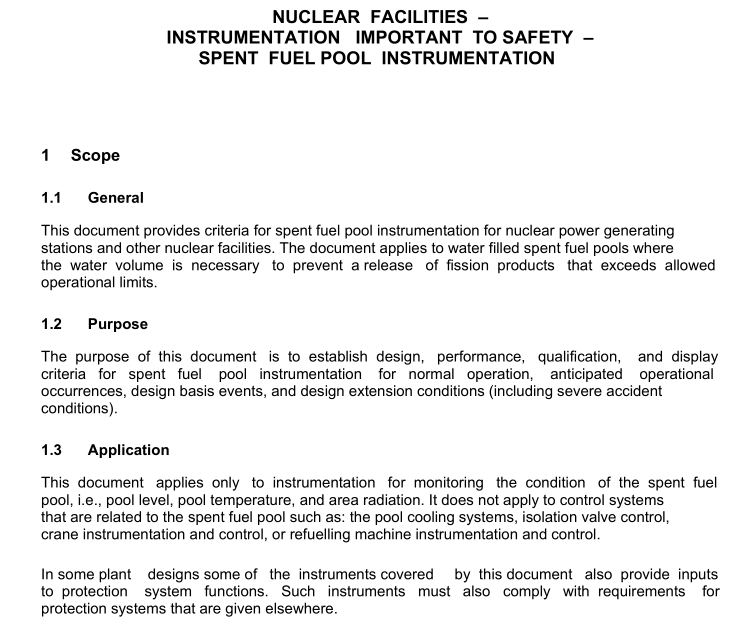
IEEE IEC 63113 pdf download Nuclear facilities – Instrumentation important to safety – Spent fuel pool instrumentation
Note 1 to entry: Some countries use the term “auxiliaryfeatures”.
4Symbols and abbreviated terms
Aoo
Anticipated Operating Occurrence
CANDUCanada Deuterium Uranium (Reactor)CCF
Common Cause Failure
DBA
Design Basis Accident
DEC
Design Extension Conditions
SFP
Spent Fuel Pool
5 Functional requirements
Spent fuel pools within the scope of this document shall be provided with monitoringinstrumentation that enables the plant staff to recognize the following conditions.
a)Thermodynamic conditions in the pool.Pool thermodynamic conditions may be determined
by measurement of pool temperature. Higher than normal temperatures may indicate anabnormally high rate of pool water evaporation. Normal temperatures in combination withunexpected loss of inventory may indicate that the pool is leaking.
b) Maximum water level.Pool inventory has approached the point where there is a risk of water
overflowing the top of the pool.
c)Minimum water level for moving fuel. Pool inventory less than this level would be insufficient
to comply with accident analysis assumptions of iodine decontamination factors following afuel handling accident.
d) Minimum active cooling water level. Pool inventory has approached the point where there
is a risk that operation of the normal fuel pool cooling system cannot be supported.
e) Minimum shielding water level.Pool inventory has approached the point where the coolant
cannot provide substantial shielding for a person standing on the spent fuel pool operatingdeck.
f) Top of fuel water level.Pool inventory has reached the point where the fuel remains coveredbut actions to implement make-up water addition should no longer be deferred.
g)Air dose rate above the pool. Gamma radiation dose rates in the pool building are at a level
that indicates that significant loss of shielding has occurred.
Functional requirements for conditions a) d), e), f) and g) are intended to monitor designextension conditions that do not involve fuel damage.There is reason to believe that information
about those conditions will enable the operators to restore pool cooling before fuel in the pool
is damaged. Nevertheless,provisions should 2 also be madeRto enable the plant staff torecognize the following severe accident conditions:
h) Fuel damage water level. Pool inventory has approached the point where fuel damage is
expected.
i) Bottom of fuel water level. Pool inventory has reached the point where air cooling is the
dominant cooling mechanism for the fuel.
When functions to detect conditions h) or i) are implemented they shall comply with therequirements given in this document.
ln this document the term “spent fuel pool monitoring instrumentation” refers to any monitoringinstrumentation that is specifically intended to detect one or more of the conditions listed above.
Annex A provides further discussion of conditions a) through i) above and the spent fuel poolmonitoring instrumentation functions intended to detect these conditions. It also gives a diagram
showing an example of how the measurements might physically relate to each other and thespent fuel pool itseif.
The specific values corresponding to the above conditions shall be determined based uponplant-specific design information. Instruments that are intended to detect conditions a),d),e)and f) shall accurately indicate the water level when the water is both below and above itssaturation temperature.
Instruments that are intended to detect conditions a), b), and c) are meant for use in plantoperational states.
Instruments that are intended to detect conditions a), d), e), f), and g) are meant for use duringaccident conditions to alert operators to situations that may jeopardize the cooling of spent fuelunder DEC.
Instruments that are intended to detect conditions g), h), and i) are meant for use during severe
accident conditions to alert the operators to situations that may immediately result in or havealready resulted in fuel damage.
A spent fuel pool that contains two or more sections that are connected by normally open gatesmay be treated as a single spent fuel pool. If the isolable sections of the pool are not used forlong-term storage of significant quantities of fuel (as defined by local regulations), sensors for
level and temperature monitoring channels shall be located in the main pool.Administrativeprovisions shall be put into place to ensure that these instruments are operable before poolsare isolated from each other.
lf, however, the multiple pool sections are normally isolated and used for long-term storage ofsignificant fuel quantities, each section shall be treated as an individual spent fuel pool.
Criteria for spent fuel pool monitoring instrumentation apply to all instruments that are intendedto detect conditions a) through i).Additional criteria are given for DEC spent fuel pool monitoringinstrumentation, and these apply only to instruments that are intended to detect conditions a)and d) through i).
